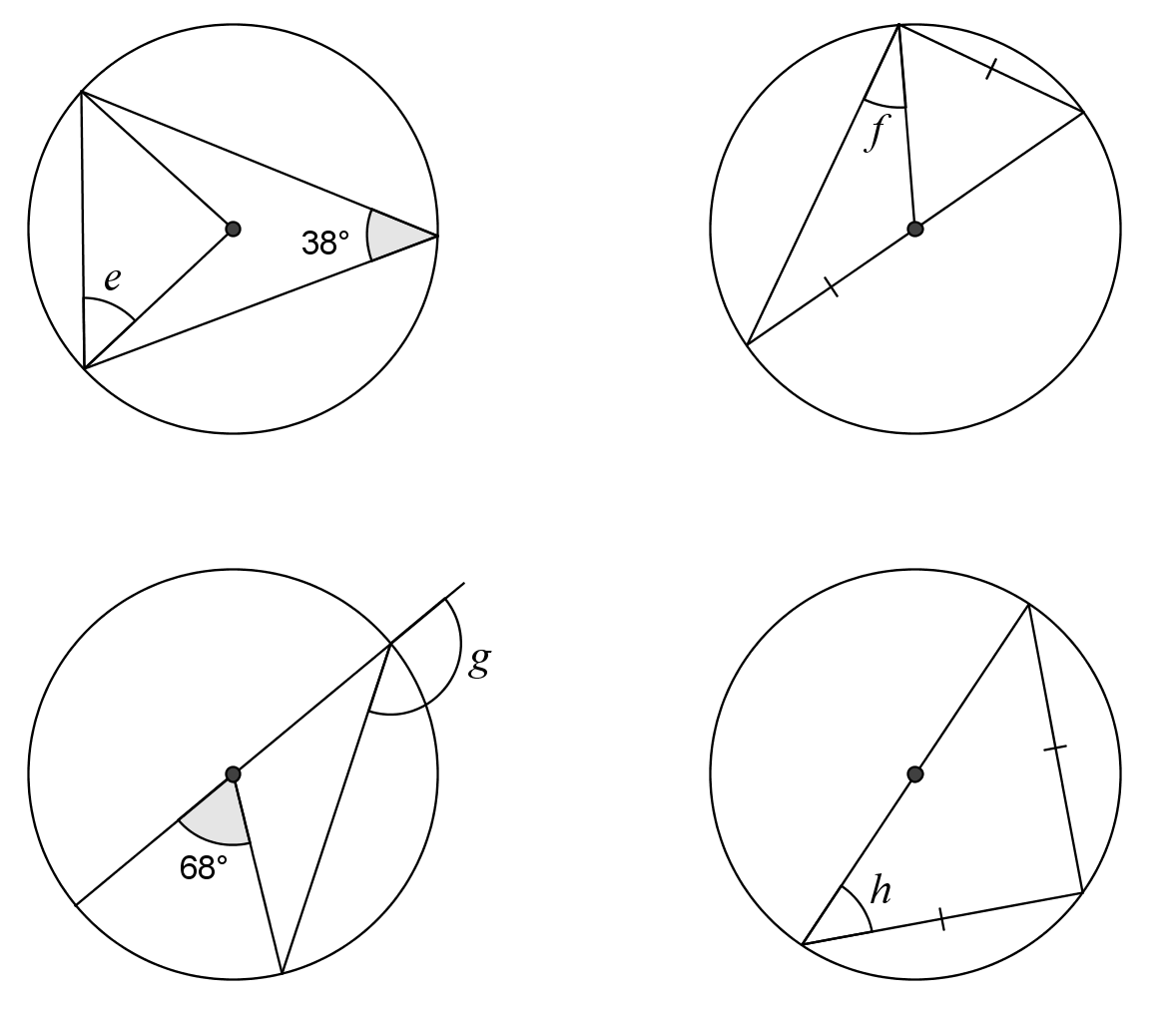Culture of Pangasianodon hypophthalmus into India: Impacts.
Iridescent Shark Catfish Classification. Pangasiidae. Distribution. Native to the lower Mekong river running through Thailand, Laos, Cambodia and Vietnam. It’s also found in the Chao Phraya river in Thailand. Most of the fish available in the trade have been mass-bred for the purpose, and it’s also cultivated for food in most of its native countries. Habitat. It’s a pelagic species.Pangasius hypophthalmus is one of the major fish species in the Mekong River fishery, one of the largest and most important inland fisheries in the world. The traditional development of capture-based aquaculture for this species, particularly in Viet Nam and to a lesser extent in Thailand and Cambodia, probably began because it is a prolific spawner, producing relatively large numbers of.Inhabits large rivers (Ref. 12693).Recorded as having been or being farmed in rice fields (Ref. 119549).Omnivorous (Ref. 6459), feeding on fish and crustaceans as well as on vegetable debris (Ref. 12693).A migratory species, moving upstream of the Mekong from unknown rearing areas to spawn in unknown areas in May-July and returning to the mainstream when the river waters fall seeking rearing.
In the Mekong delta of Vietnam the capture of wild Pangasianodon hypophthalmus seed for aquaculture stocking has been entirely replaced by the stocking of hatchery-produced seed. However, operations in Cambodia, Lao PDR and, to a lesser extent, Thailand still use wild-captured juveniles as seed for cage and pond culture. Mature broodstock P. hypophthalmus are induced to spawn in hatcheries.Striped catfish (Pangasianodon hypophthalmus) in the clear water of the natural canal. groep striped catfish fed at the surface. Big fish in the pond, catfish. pangasius hypophthalmus,pangasius steak. Image of Iridescent shark in river for background. Selective focus image. Motion blur image. Panga loin baked with garnish. Smoked, farmed Basa fillets, Pangasius Hypophthalmus, imported from.
Pangasius is the scientific family name for certain types of freshwater catfish primarily found in Vietnam, Cambodia and neighboring nations. Like the U.S. catfish industry, aquaculture production techniques have been applied to these species, and the number of fish being raised in cages and ponds in the Mekong River Delta region of Vietnam has increased rapidly. The demand for these fish is.











